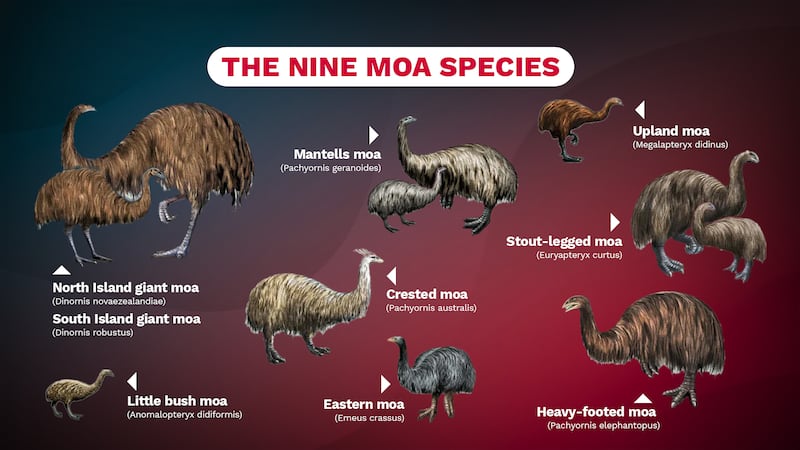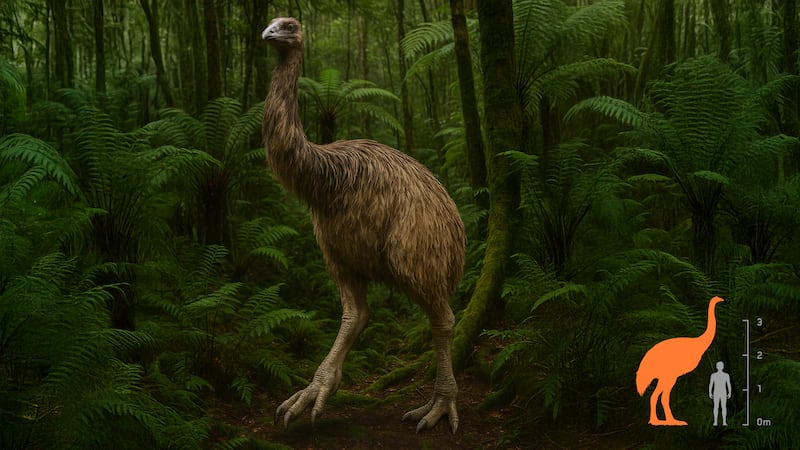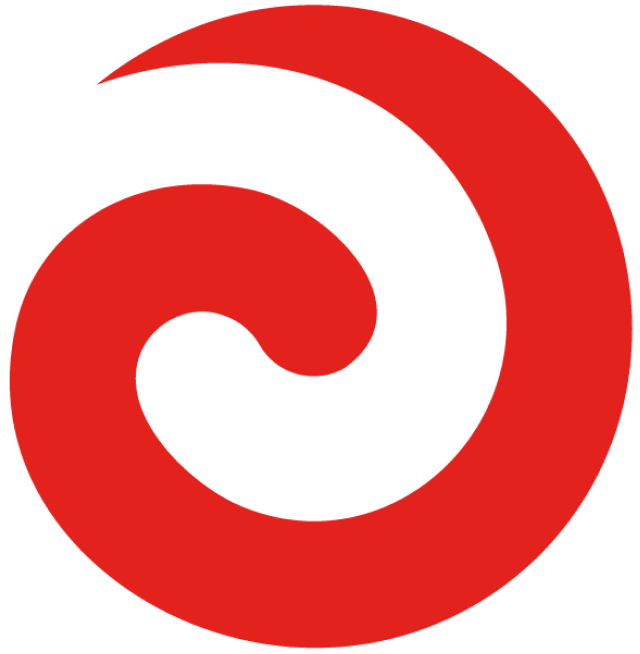As we honour Tupu-ā-rangi, the Matariki star associated with birds and the natural world, Māori researchers are playing a critical role in guiding one of the most ambitious scientific projects: the potential revival of the moa.
Many Māori scientists and knowledge holders have raised concerns about the cultural, ecological, and ethical implications of such a project.
Tame Malcolm, who has long championed biosecurity issues from a te ao Māori perspective, says Māori need to be at the forefront of conversations around the moa.
“He aha hoki te taiao i nōhia e te moa? Korekau he take ki te whakaora anō mena ki te tuku ano ia kia mate ano.
Ki te kore tātou e mōhio te horopaki i ora ai te moa, i mate hoki te moa kua tuku te moa kia mate."

A te ao Māori approach
Amanda Black, a leading Māori researcher in environmental soil chemistry and biochemistry, is one of many urging a careful, culturally grounded approach.
“If you’re gonna resurrect a species, it’s complicated,” she says.
“Because you need to have the environment they existed in, and we don’t have that.”
She also points out that Aotearoa has less than 5% of its original native forest remaining—a sobering reality when considering the return of large, flightless birds like the moa.
Ngāi Tahu researcher Mike Stevens says the iwi is navigating the project by maintaining transparency and tikanga-based values.
“We look to be incredibly open, you know, clear about the nature of the knowledge we’re receiving, our interpretation of it, who we’ve engaged with as we try to understand it, then coming to some sort of view on it.”

Big overseas investment and a NZ icon
The revival effort is being led by Colossal Biosciences, a Texas-based biotech company known for its high-profile “de-extinction” work.
The firm is already experimenting with the woolly mammoth and Tasmanian tiger, using a technique that blends ancient DNA with the genomes of closely related living species.
In the case of the moa, preserved bones, some collected by filmmaker Sir Peter Jackson, are providing the genetic material.
Jackson, whose long-standing interest in science has led him into this unexpected field, is collaborating with Ngāi Tahu to bring the project to life.
“He has collected 300–400 moa bones,” one researcher noted, “and describes the moa project as ‘his fun thing’ outside filmmaking.”
Still, Māori researchers caution against turning taonga into spectacle. The idea of de-extinction may thrill science fiction fans, but Amanda Black reminds us that Jurassic Park was also a cautionary tale.
“I think the movie kind of started the ball rolling about some of the taonga species that we’ve lost along the way, whether it’s through our hands or other circumstances,” she says.
The moa has been extinct for over five centuries. As interest in its return grows, Māori voices are calling for a process that honours mātauranga Māori and the mana of the species itself.
Tame says that while early Māori were responsible for the extinction of the moa, Māori learnt valuable lessons.
“Anei hei tauira nā matenga o te moa, i āhua titia ki roto i ngā tikanga o tāua te Māori, tēnei mea te whai kererū i tēnei wāhanga o te tau, ngā pūkeko i te kōhanga, ngā tūī i te raumati.
“Nā te matenga o te moa i mōhio tātou te Māori, he aha ngā manu pai, he aha hoki te wāhanga e pai kia aruaru, kia hopu, kia kai.”



